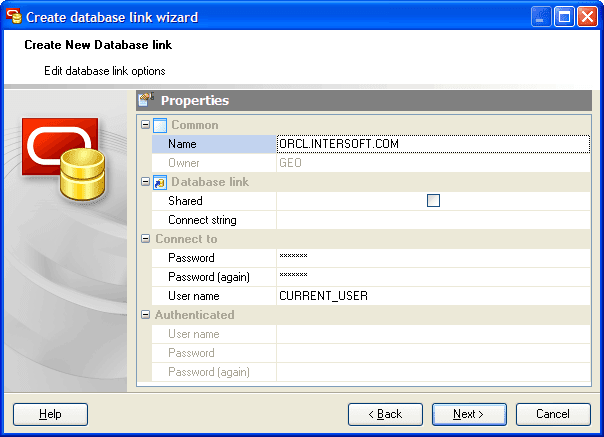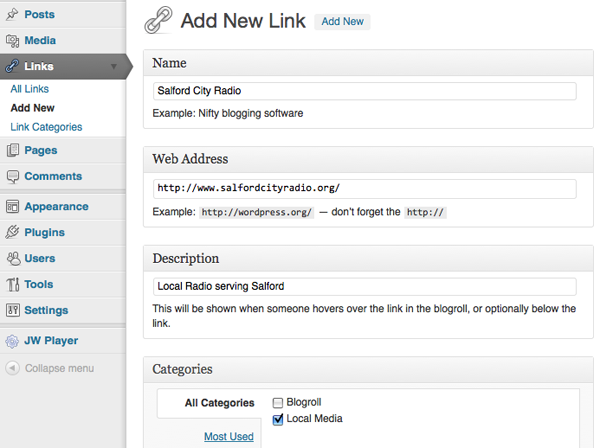

Using the + syntax, you can create new sub-pages inline. This is nearly identical to how the Page block works – but with one key difference. The “New _ sub-page” option will create a new sub-page named with the text you entered. You can use and [[ as well, but + defaults to page-creation, while the others put the page creation options at the bottom of the menu. To use this page creation method, simply type a + followed by some text – whatever you’d like the page to be named. As with inline links, sub-pages created with the + syntax can be placed in the middle of a line of text – or even in a page title! This actually allows for more flexibility than the Page block does. In addition to using the Page block, it’s also possible to create new sub-pages using the + syntax. Once done, you’ll see the page listed in the Sidebar underneath the page where you created it. This instantly creates a new page, linked from where you created the block. You can create a new sub-page where you are in your Workspace by using the Page block (we also talked about this in Block Basics). If you’ve picked a destination before on the current device or browser you’re using, that destination will be remembered and will be set as the default (this is done on a per-device basis). Click this to create a sub-page within that page. You can also hover over any page within these areas to see another + icon. You can click this to create a new top-level page, either within your Workspace (accessible by everyone in your Workspace by default) or within your Private collection.

When you hover over Workspace or Private, you’ll see a small + icon. Notion’s sidebar lets you navigate your workspace, but you can also use it to create new pages and sub-pages. Let’s quickly cover each one, shall we? Creating Pages from the Sidebar There are four main ways to create new sub-pages, not counting methods for creating pages within databases. When you create a new page in Notion, it is known as a sub-page unless you’re creating a top-level page from the Sidebar. You can use this feature to navigate back to a page after you leave it via a link, or to see which pages in your workspace are linking to a certain page. You can link to Notion pages or external pages this way. These work just like you’d expect if you’ve ever created a link in a blogging platform like WordPress.

There’s one final way to create links in Notion – the tried and true hyperlink. This will force the inline page link onto its own line, turning it into a true Page block. You can fix this by moving the cursor just to the left of the inline sub-page link, then hitting enter. There’s no way to access the block menu for the page itself. This is the block menu is actually operating on the Text block “wrapper” that contains the page link. One thing that trips people up here: If you create a sub-page inline using + syntax, you won’t be able to use the Turn Into command to turn the page into something else, such as a Toggle block. You can also turn this Text block into a Page, which will get you a weird result – your Page Title will contain a link. You can prove this to yourself by trying to input text on either side of the inline link it’ll work perfectly. If you create an inline link on a new line in Notion (or create a sub-page on a new line using the + syntax), you’re actually creating a new Text block! This will bring up a few different options – to create a link block, choose Link to Page.

Paste the URL of a Notion page directly onto the page you’re on.Use the / command and choose Link to Page, then either search for the page you want or paste the URL if it’s on you clipboard.To create this type of block, you can either:
#Create link in idatabase full
This link is a full block, meaning it takes up a full line on your page (or within a column if you’ve created a multi-column layout), as opposed to inline links which can exist within other blocks. Just as the Page block (which we covered in Block Basics) lets you create a brand new sub-page, the Link to Page block creates a link to an existing page. Here we’ll cover each of the ways you can link to existing pages. Instead of forcing you to use its organizational structure (or rely on search), Notion also lets you build your own web of links and shortcuts for getting around however you like. Notion gives you several ways to easily link to pages from anywhere in your workspace. You’ll also learn all of the ways you can create new pages in your workspace. By the end of this lesson, you’ll understand exactly how those were created, and you’ll be able to create similar links all throughout your workspace.


 0 kommentar(er)
0 kommentar(er)
